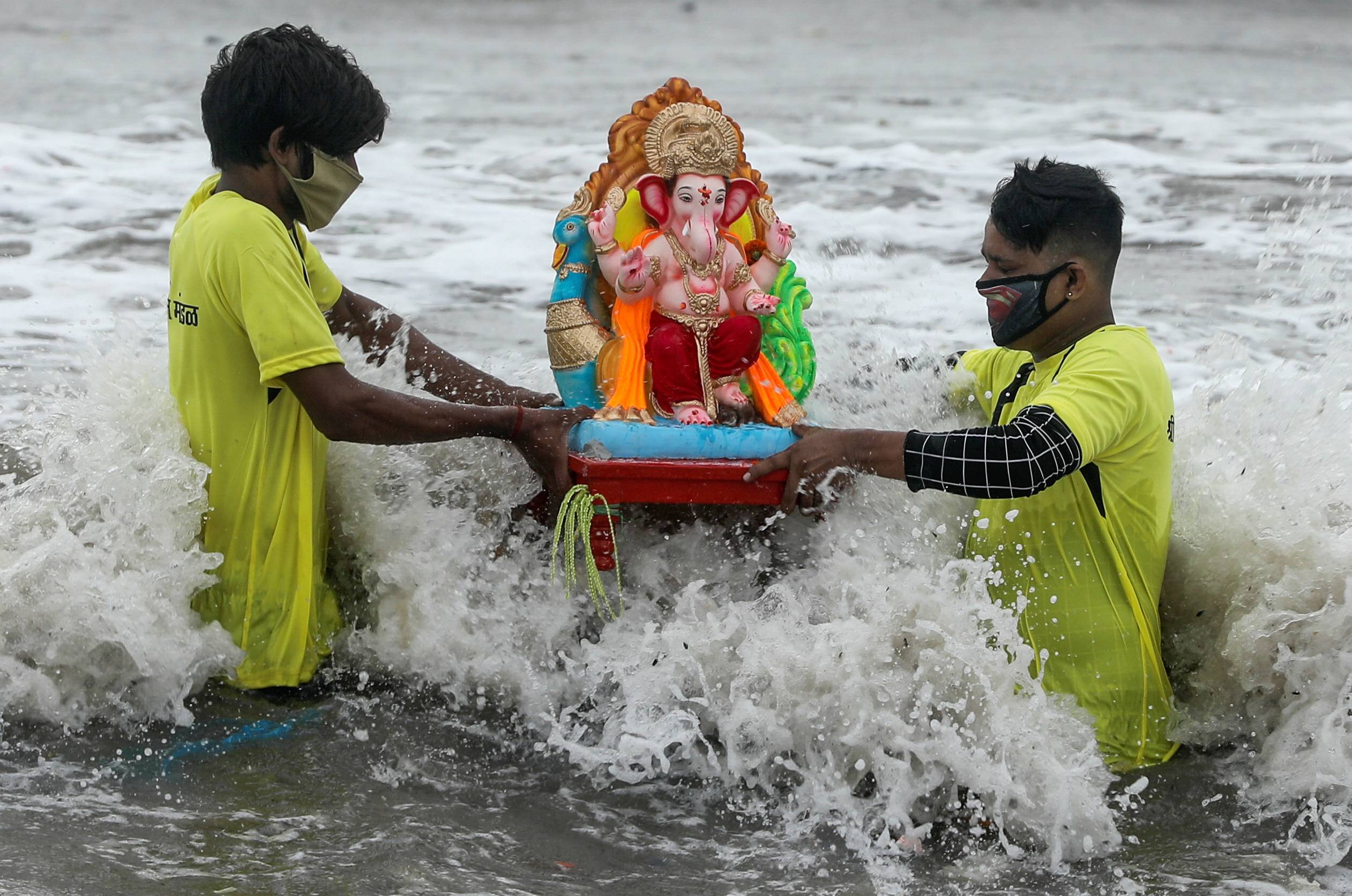The troubles keep piling up for India, feted not long ago as a would-be commercial superpower. Economic data show the country is in far worse shape than previously thought, while it has overtaken Mexico to become the world’s third-largest tally of coronavirus cases. It will take the South Asian giant years, at least, to dig out from this hole. The country reported Monday its worst slump since quarterly numbers began publication in 1996: Gross domestic product shrank 23.9 percent in April to June compared with a year earlier. Conditions were tough even before the virus erupted because of a banking crisis that hobbled growth in 2019.
Plenty of places have been pummeled by the pandemic, though few have notched a descent as steep. And unlike Malaysia, Singapore or China, the shutdown in India didn’t curtail the spread of the virus. The country is now vying with Brazil for second-place behind the U.S. with the most cases. Infections numbered more than 3.62 million as of Monday and there have been 64,469 deaths. (The population is 1.3 billion.) India paid the economic price without the public health dividend.
The policy paralysis, then, is especially unfortunate. After leading Asia in interest-rate cuts last year, the Reserve Bank of India has shifted to a slower gear. Officials are hamstrung by inflation that persistently runs above the central bank's 4 percent target (with a buffer of 2 percent on either side). The cocktail of frustration and fatalism running through minutes of the central bank’s most recent meeting is understandable: India is one of the few emerging markets where consumer price increases are above pre-pandemic levels, according to Oxford Economics. That’s largely thanks to a jump in vegetable prices.The logjam needs to be broken, nevertheless. Lower borrowing costs won’t speed the arrival of a vaccine or suppress cases, but they can alleviate conditions and help put a floor under confidence. The Federal Reserve's more relaxed view of inflation ought to give the RBI some leeway, as I wrote here.

















With your current subscription plan you can comment on stories. However, before writing your first comment, please create a display name in the Profile section of your subscriber account page.